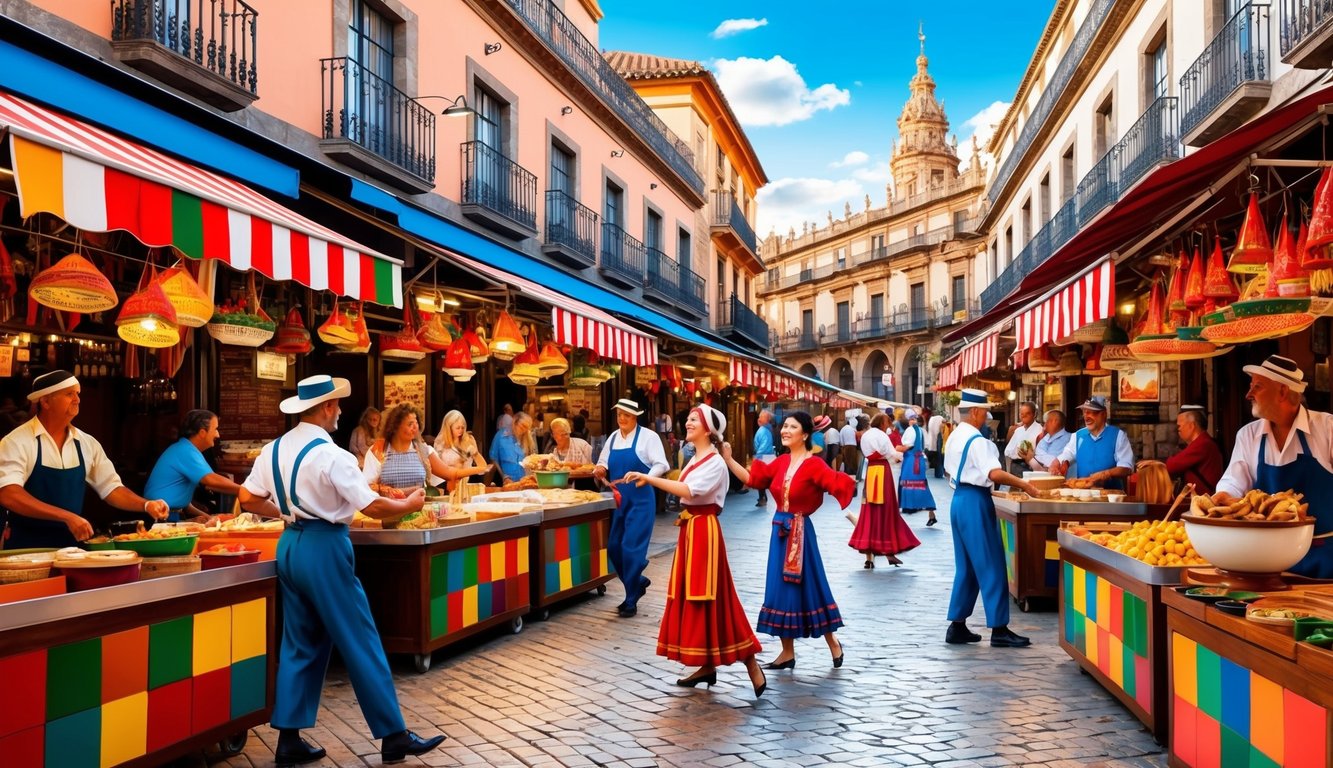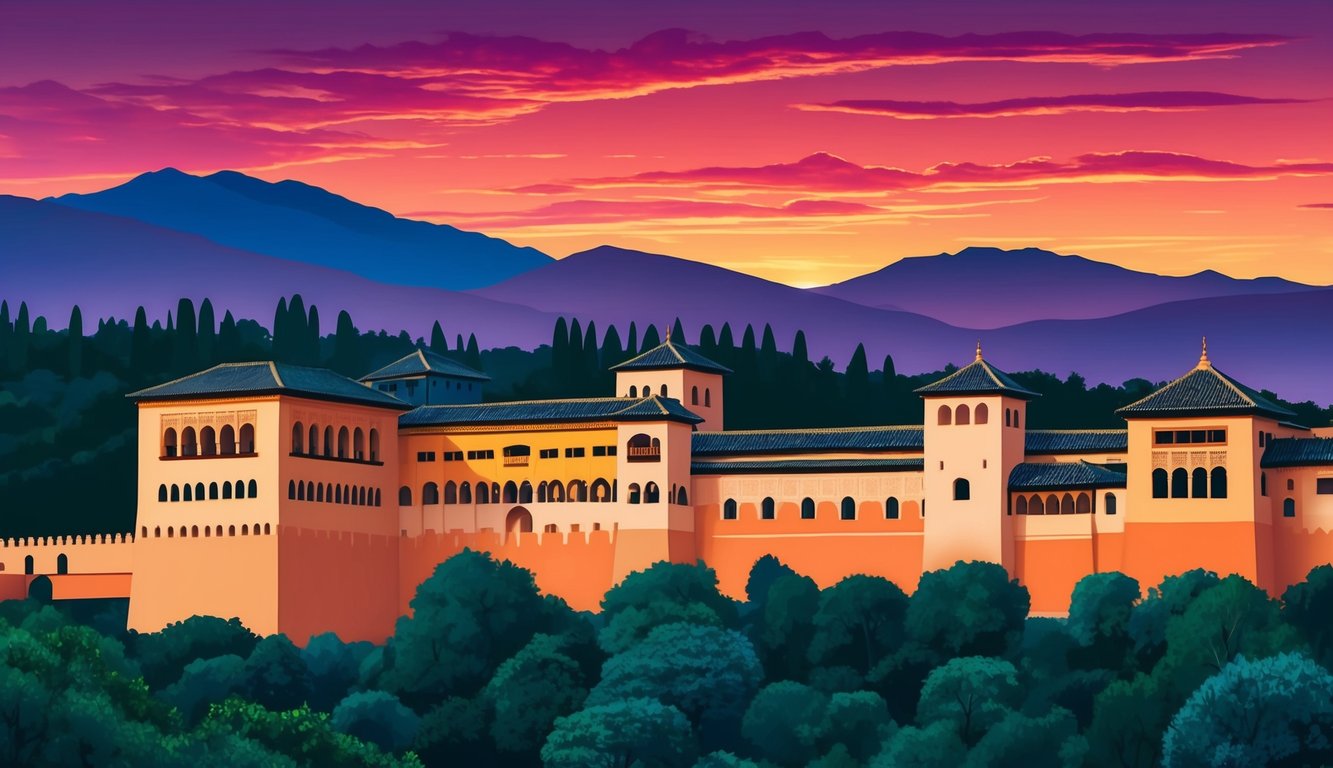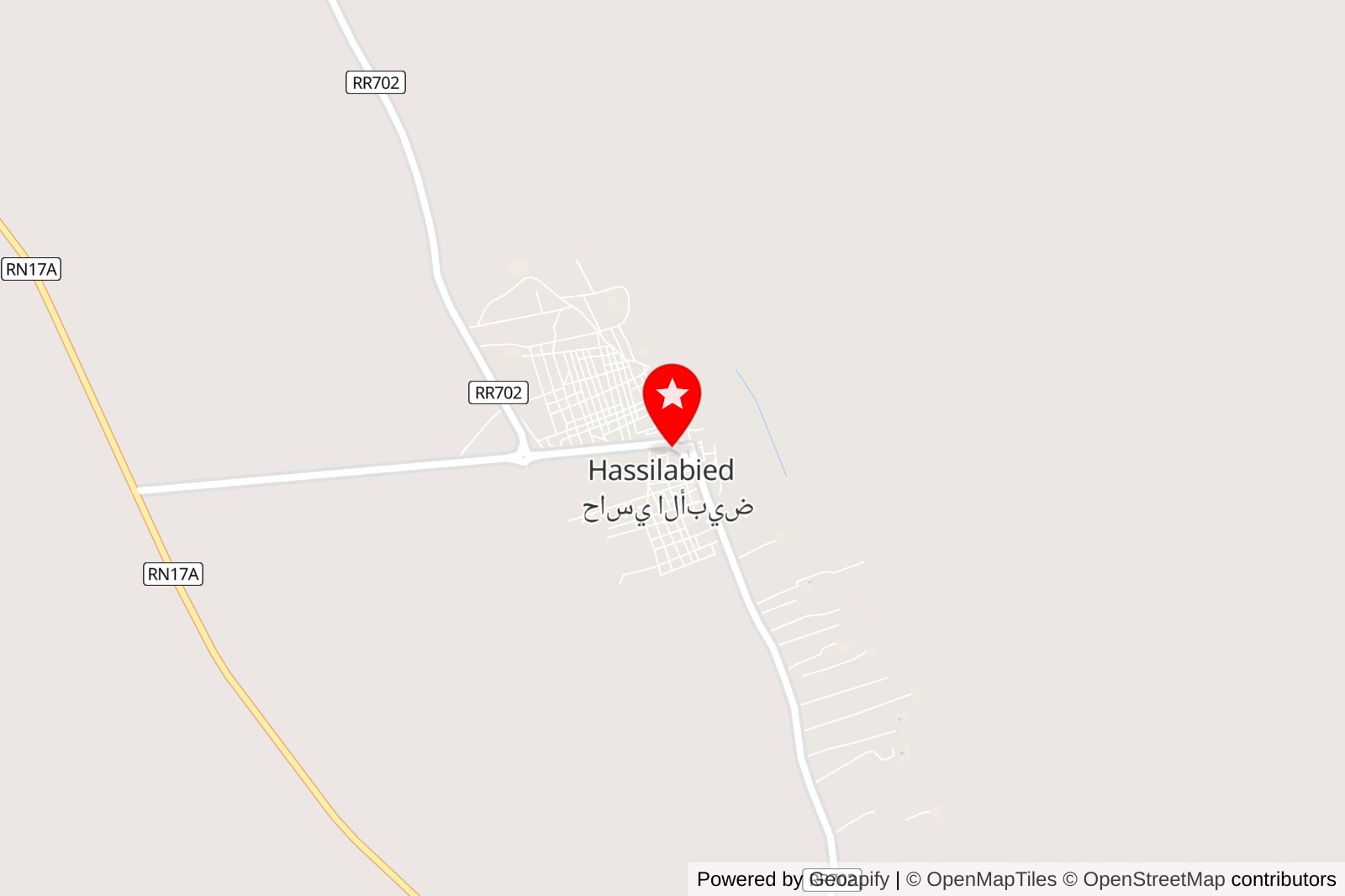When planning a trip to Spain, Portugal, and Morocco, timing can make a big difference in your experience. Each country offers unique charm through different seasons, whether it’s vibrant festivals, pleasant weather, or fewer crowds. Knowing the best times to visit can help you make the most of your adventure in these beautiful destinations.
There are multiple factors to consider when choosing the ideal time. From climate variations to cultural events, the right timing will enhance your journey. With a bit of planning, you can enjoy everything from sun-kissed beaches to rich historical sites across these diverse locations.
Days In Morocco
If you want to explore Morocco, Days In Morocco is a travel company that offers customized tours. They focus on creating unique experiences tailored just for you. Whether you’re interested in the Sahara Desert or vibrant cities, they have options to match your interests.
Days In Morocco helps you plan your itinerary with ease. Their support is available 24/7, ensuring you feel safe and taken care of during your trip. You can easily change your travel dates, so you have flexibility in your planning.
From camel treks to cultural tours, there’s something for everyone. Popular destinations include Marrakech, Fes, and the stunning Erg Chebbi dunes. This team specializes in making unforgettable memories for solo travelers, couples, and families alike.
If you’re a foodie, you’ll find cooking classes and culinary tours that showcase traditional Moroccan dishes. All of these experiences allow you to dive deep into the local culture and landscapes.
Rating: 4.9 (7 reviews)
Location: Ksar Hassilabied – Merzouga, Taous, Merzouga 52202, Morocco
Contact: +212 672-118169
Website: Visit Website
Weather Considerations
When planning your trip to Spain, Portugal, and Morocco, understanding the weather is essential. Each region has its own seasonal differences and climate variations that can affect your travel experience.
Seasonal Differences
Spring (March to June) is one of the best times to visit. The weather is mild and pleasant, perfect for exploring cities and enjoying outdoor activities. Temperatures usually range from the mid-60s to mid-70s °F (15-25 °C).
Summer (July and August) brings hot temperatures, often exceeding 90 °F (32 °C). Coastal areas are popular for beach lovers, while cities can be quite warm.
Autumn (September to November) offers cooler temperatures and fewer crowds. By October, temperatures drop to about 60 °F (15 °C).
Winter (December to February) is mild in the south but can be chilly in the north. You might experience rain, especially in Portugal.
Climate Variations
Spain has diverse climates. The northern regions experience a maritime climate, with mild winters and cool summers. Areas like Galicia have more rainfall.
In contrast, the Mediterranean climate dominates the coast, characterized by hot, dry summers and mild, wet winters. Cities like Barcelona enjoy plenty of sunshine year-round.
Portugal has a similar climate, especially along the coast, where summers are warm and winters are cooler.
Morocco’s climate varies. The coast stays moderate, while inland areas can get very hot in summer. The Atlas Mountains can experience snowfall during colder months, offering a unique travel option.
Cultural Events

Cultural events in Spain, Portugal, and Morocco showcase the rich heritage and traditions that define these countries. Each place offers unique festivals and celebrations that reflect their history and community spirit.
Festivals in Spain
Spain is known for its vibrant festivals, each one bursting with energy and color. One of the most famous is La Tomatina, held in Buñol, where participants throw tomatoes at each other just for fun. It’s a crazy day filled with laughter.
Another key event is Las Fallas in Valencia, celebrated in March. This festival features elaborate sculptures made of wood and cardboard, which are eventually set on fire. The fireworks, parades, and traditional music make it a must-see.
Don’t miss Semana Santa (Holy Week), especially in Seville. The processions, filled with beautiful floats and participants dressed in traditional robes, bring deep cultural significance and attract visitors from around the world.
Portuguese Traditions
Portugal embraces its traditions through lively celebrations. The Festa de São João in Porto is a highlight, taking place in June. You’ll see people celebrating with music, dancing, and even smashing pots on the streets. The night ends with a spectacular fireworks display over the Douro River.
Another event to experience is the Festa de Santo António, held in Lisbon in June. This festival honors Saint Anthony, the city’s patron saint, with street parties, grilled sardines, and colorful processions. You’ll enjoy the lively atmosphere and delicious food offerings as the city comes alive.
Don’t forget about Festa dos Tabuleiros in Tomar, a celebration that occurs every four years. It features floral displays, parades, and traditional costumes, highlighting the community’s creativity and regional pride.
Moroccan Celebrations
Morocco’s celebrations are vibrant and rich in culture. One major event is Eid al-Fitr, marking the end of Ramadan. Families come together for feasts, prayers, and giving to charity. You’ll see colorful decorations and joyous gatherings throughout the country.
Another fascinating celebration is the Marrakech Popular Arts Festival, showcasing Moroccan music, dance, and art. Taking place in July, this festival brings together artisans and performers, allowing you to immerse yourself in the local culture.
Lastly, the Amazigh New Year, called Yennayer, is celebrated on January 13. It honors the Berber culture with music, traditional food, and dancing. Participating in this celebration offers insight into Morocco’s diverse heritage.
Frequently Asked Questions
Traveling to Spain, Portugal, and Morocco can raise a lot of questions. Here are some common ones that many travelers have when planning their trips.
When is the peak travel season for Spain, Portugal, and Morocco?
The peak travel season typically runs from June to August. During these months, you’ll find the highest number of tourists. The weather is warm but can get quite hot, especially in southern Spain and Morocco.
Can you suggest an ideal itinerary for a two-week trip to Spain and Portugal?
A great two-week itinerary could look like this: Spend three days in Lisbon, two days in the Algarve, three days in Seville, and two days in Madrid. You can also squeeze in a day trip to Sintra from Lisbon.
How much time should I allocate to visit all three countries: Spain, Portugal, and Morocco?
To fully enjoy Spain, Portugal, and Morocco, plan for at least 10 to 14 days. You’ll want enough time to explore key cities like Lisbon, Seville, and Marrakech without feeling rushed.
What are the best months for good weather in Spain and Portugal?
The best months for pleasant weather are April to June and September to October. During these months, temperatures are comfortable, making it perfect for sightseeing and outdoor activities.
What’s the recommended duration for a compact Portugal and Spain itinerary?
For a compact itinerary covering both countries, aim for around one week. You might split it into four days in Portugal and three days in Spain. This setup allows for enjoyable exploration without feeling too hectic.
Which part of the year is ideal for avoiding crowds in Morocco?
You can avoid crowds in Morocco by visiting during the shoulder seasons. The shoulder seasons are March to April and September to October. These months offer milder weather and fewer tourists, allowing you to enjoy the sights more peacefully.





